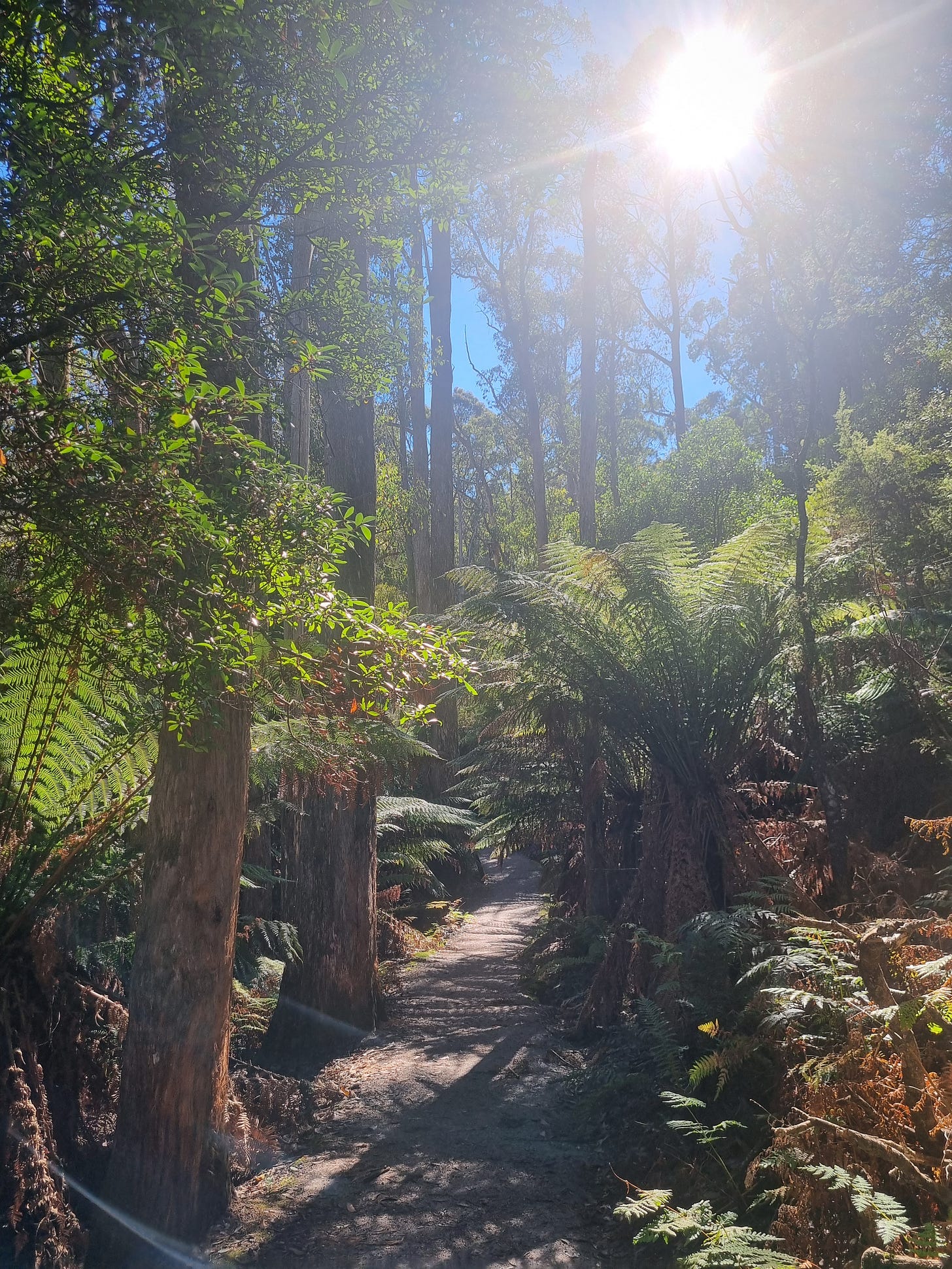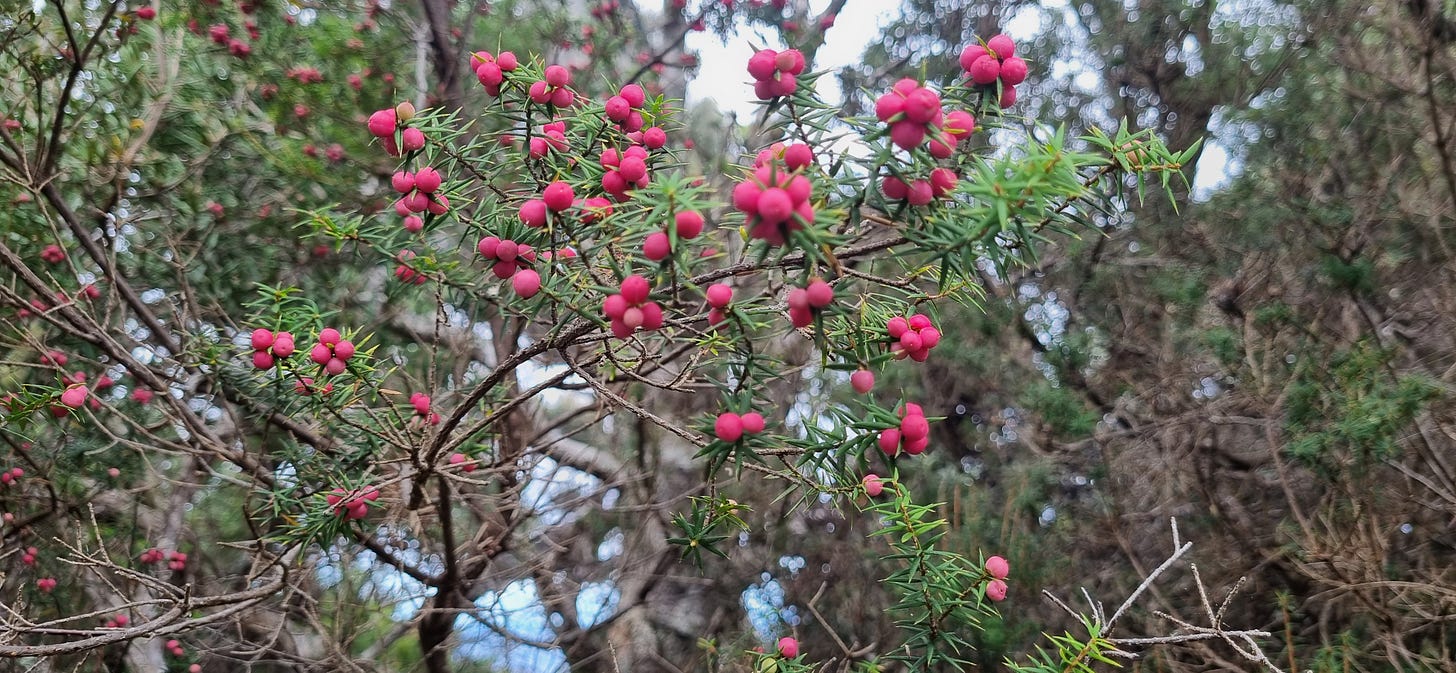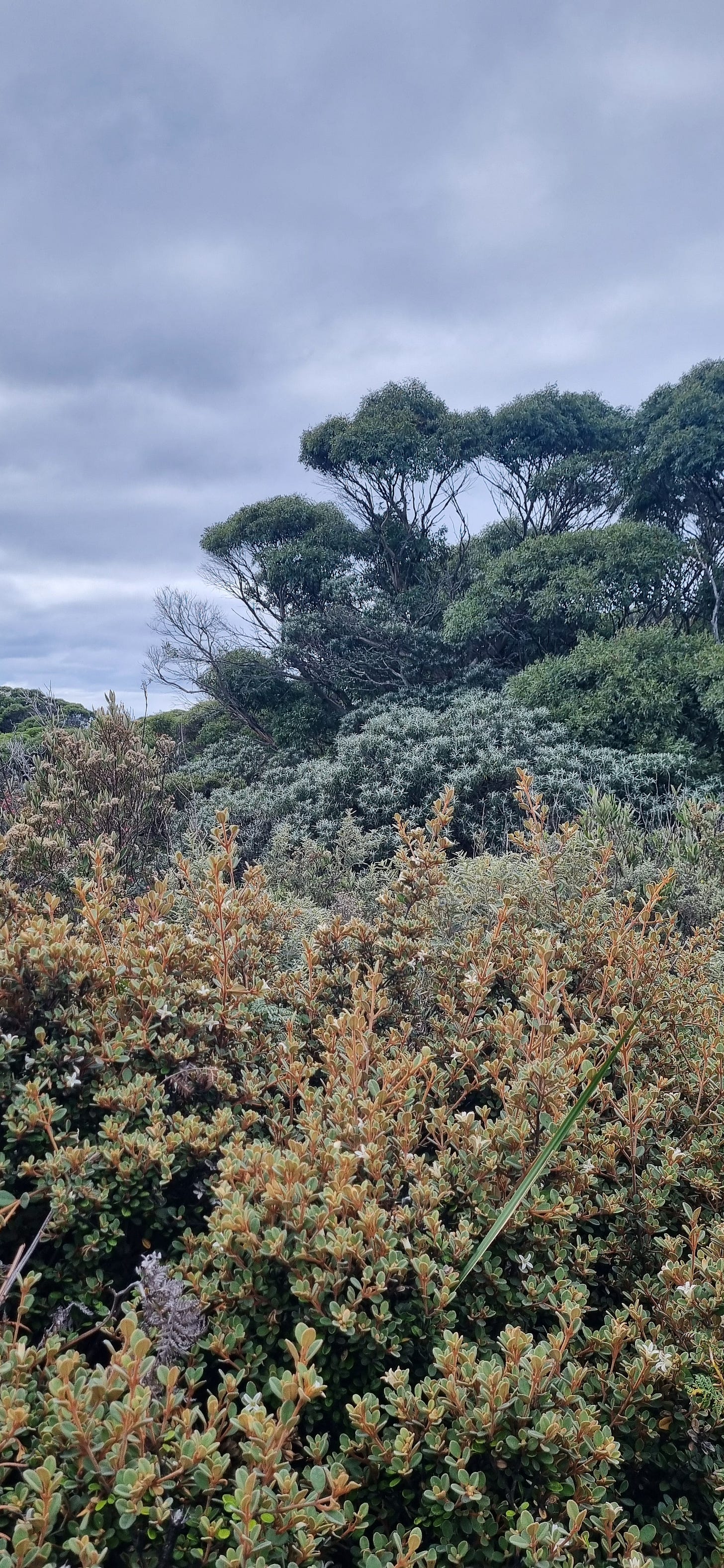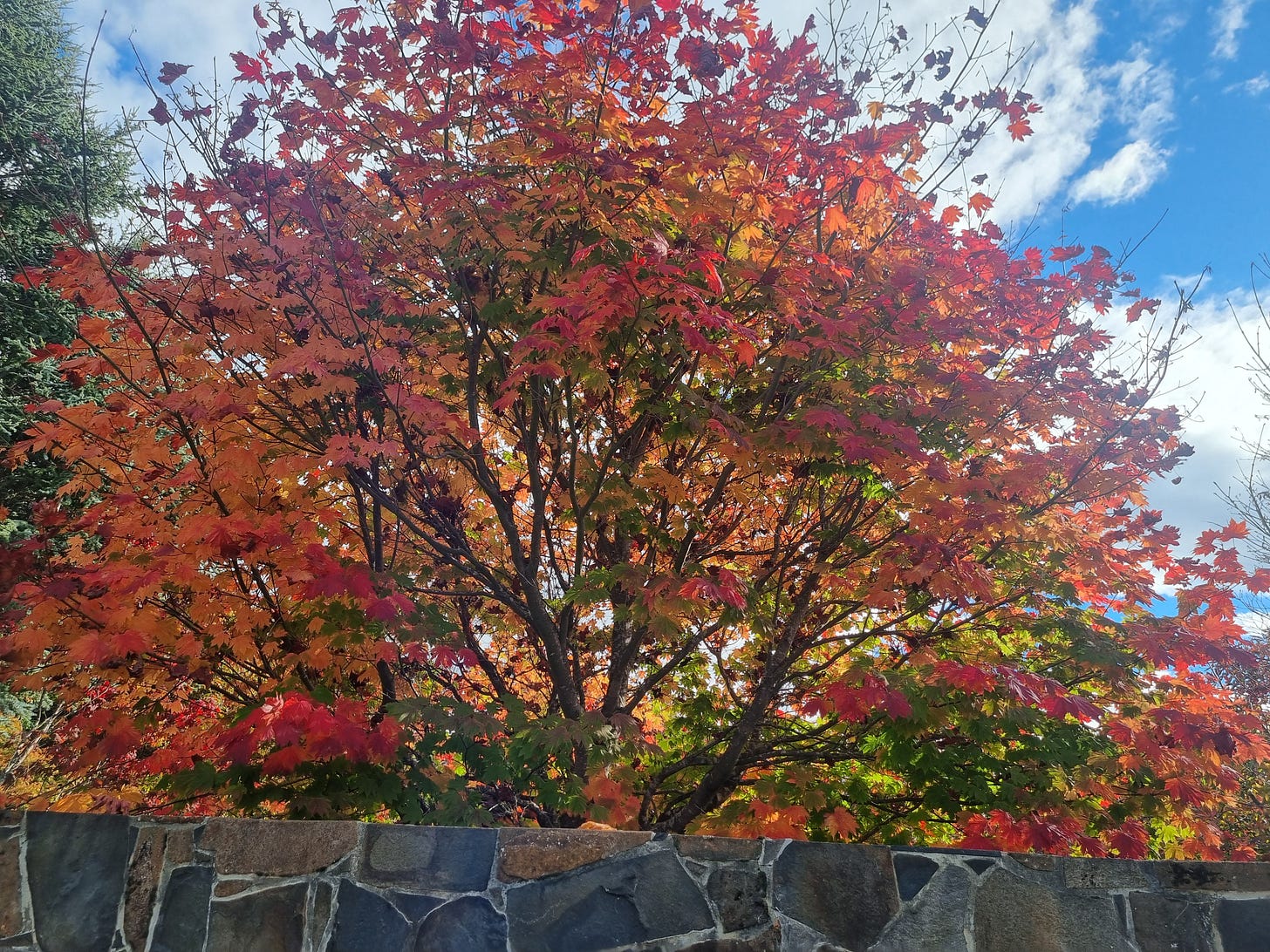Human Context of Trees Down Under*
This is the post that wouldn’t let me move on until I had finished it...
So we are in Tasmania. We have family here – a daughter, son-in-law and two little granddaughters. We bought a one-way ticket and intend to travel around Australia over the next few months. I’ve started talking to Australian trees. I’m looking forward to talking to more. What will Australian trees have to say? I’m fascinated.
Australia is a rich country, culturally and economically. It also has a torrid recent history and a deep-rooted indigenous history. It is home to the oldest continuous human culture. The Aboriginal people arrived via land bridges and short sea crossings from Southeast Asia around 60,000 years ago. The population spread and the people adapted to their changing environment and different eco-systems.
As a New Zealander I have only very sketchy knowledge about Aboriginal history and pre-history. I was curious about their way of life: what enabled these peoples to live for so many thousands of years apparently in harmony with nature? A quick search on Wikipedia revealed their society was egalitarian with no formal government or chiefs. The elders held the authority and group decisions were generally made by their consensus. The economy was cooperative and food was shared within and across groups. Men generally hunted large game and women gathered local staples including seeds, nuts, vegetables, shellfish and small animals. Family groups were organised into clans of about 25 people. Clans were attached to tribes or nations, associated with languages and country. While semi-nomadic, groups generally ranged over a specific territory and would only enter another group’s territory through marriage or kinship rights or by invitation to share abundant seasonal food. Like Māori, the land, or “country” provided not only physical resources, but also spiritual nourishment and connection.
While Aboriginal people did engage in warfare with neighbouring groups, these conflicts were more about maintaining social order than conquering territory. Whereas for Māori, war culture was a deeply ingrained aspect of their society. Māori warriors were highly trained from a young age in strength, endurance and the use of weapons and strategic warfare. The traditional Māori haka was a war dance used to inspire warriors before battle and intimidate opponents. Māori tribes fought for territory and resources, as well as to defend their honour and avenge wrongs.
There is a salutatory lesson here. The very qualities of cooperation and harmonious relationships with each other and the natural world that enabled Aboriginal society to survive for tens of thousands of years were to be their vulnerability when the Europeans arrived. They did attempt to resist the colonial settlers and there were violent encounters, but over a period of nearly 200 years the indigenous populations of Australia were overcome and decimated by massacres, diseases, dispossesion, forced relocation and the establishment of missions and reserves. Today Aboriginal people in Australia number represent less than 4% of the total population (2021 census). It is a sobering reflection of the devastating impact of colonisation. There is a lot of shame in Australia, understandably. The massive harms wrought on the indigenous population are now being acknowledged, and the rights of Aboriginal and Torres Strait Islanders are increasingly being recognised.
I speak as part of a colonising majority – a curse and a scurge spread across the USA, Canada, Australia, New Zealand and beyond. Even if my own ancestors weren’t involved in atrocities (and I can’t be sure about this), my cultural heritage includes colonisation, slavery, dispossesion of land and slaughter of indigenous populations. It’s a lot to take in and take responsibility for, but we must. Lessons from the past must be learned and reparations made to enable healing and revitalisation of indigenous cultural practices, languages and traditions, as well as equitable access to essential services.
The history in Aotearoa NZ was almost as devastating for Māori, but a combination of factors has led to a somewhat different outcome. European settlement in Australia began earlier, in 1788 with the arrival of British convicts and free settlers. New Zealand saw slow growth of the European population from the early 1800s, mostly sealers, whalers, missionaries and runaway sailors. There was early integration with Māori, with two-way trading and an initial sense of mutual benefit. Māori chiefs soon became concerned about the unruly behaviour of the lawless British subjects in Russel and looked to the British Crown for protection and intervention. Eventually, the British government, responding to the increasing numbers of British settlers in New Zealand and concerned about French annexation recognised the need to establish a legal framework and maintain order. Te Tiriti o Waitangi, the Treaty of Waitangi, signed in 1840 between the Māori chiefs and British Crown was intended to be a peaceful solution to the problems (see also my previous post: All are equal but some are more equal than others).
Despite the Treaty, as more Pākehā (European New Zealanders) arrived disputes over land and sovereignty led to the New Zealand Wars over a period of 30 years from 1845. Māori fought back, but the wars resulted in devastating loss of land, lives and an erosion of traditional ways of life. The Treaty has however paved a way for reparation and continues to be a living document, albeit continually under threat from some sectors of NZ society. The Treaty and the resulting legal framework for Māori rights and redress have enabled a more unified and politically active Māori community and arguably better outcomes than for indigenous Australians. In contrast, Aboriginal peoples with no similar treaty have struggled to gain a unified voice and lacked a political framework to address historical injustices.
So what does all this have to do with being in Tasmania and talking with trees?
Tasmania has a particularly brutal history. There is evidence of the indigenous culture in Tasmania stretching back 40,000 years. Before British colonisation the Palawa people had been entirely isolated from the outside world for 8,000 years, since rising sea levels had cut them off from the mainland. Then from 1803 to 1853 about 76,000 convicts were transported from Britain to Tasmania. Free settlers followed, building railroads, farming, mining, and establishing service towns, aided by convict labour. Within three decades the Aboriginal population had suffered a drastic drop, from an estimated 3,000-15,000 people to a few hundred, most of whom had been re-located to islands off the coast of Tasmania. There is controversy over the cause. It’s clear that introduced diseases had a big impact, but most historians concur that the British committed genocide with intent. Today the descendants of the Palawa are a proud people. In the 2021 census over 5% of Tasmanians identified as Aboriginal. And, although the statistic isn’t collected, it is estimated more than half the population of Tasmania have convict heritage. In a twist of fate, today it is a source of pride in Tasmania to claim convict ancestry. This is perhaps a sign of how we accommodate our complex histories. We somehow have to embrace the injustices experienced and reconcile the atrocities committed by our ancestors.
I have been musing, it seems to me that indigenous people were somehow lumped in with the natural world of colonised territories. For colonising people, such lands were “terra nova”, implying a new resource, or “terra nullis”, unoccupied or uninhabited (despite the clear presence of indigenous people), justifying colonisation. So what about trees? Well, they could be a resource or a nuisance to be got rid of, depending on the intent of the coloniser. Ships spars, building material, or on land deemed more valuable for farming or towns. From today’s perspective, we can see the dominant attitudes and abusive practices that ensued. Yet, this thread of dominance and abuse continues in our political systems and societies, it is just manifesting in slightly different ways. It’s evident in the battles for civil rights, women’s rights, minority rights, climate justice, and dare I say it, in the narcissistic beliefs of the uber-wealthy who are of the opinion that they have the right to colonise our governments and take what they want.
What do Australian trees have to say about this? They’ve witnessed a lot. I will be asking them. This post has been written over a few weeks. I kept trying to write something else, but couldn’t let this topic go. It pressed me to be said. I guess we can’t separate our socio-cultural and economic world from the natural world. As humans we are inextricably linked with the natural world, but have been taking it for granted, using it, abusing it, much like colonising peoples have used and abused indigenous people for our own ends for centuries. Just as we need to take responsibility for this, and make reparation, we also need to recognise our abuse and neglect of the natural world. Just because nature doesn’t speak our language or look the same as us, it doesn’t mean it’s not affected. We need to listen and find out about what the natural world is experiencing, and what does it want and need?
P.S. Tasmania in Autumn is stunning. The deciduous trees are striking in their autumnal splendour. It is not lost on me that these are English trees - brought here by the colonists. They often grow side by side with the Tasmanian native trees, which are uniquely beautiful themselves. I have illustrated this post with both native and deciduous Tasmanian trees… an ode to the beauty of the new world where indigenous and imported are equally valued. This is definitely a trait of modern day Tasmania.
*Down Under is a colloquial term for Australia and New Zealand






I am in the process of trying to ‘listen’ to the trees at the moment, and all the other sentient entities that share my land with me. So I love your essay very much. I have worked in the Indigenous rights area academically for a long long time now and have mused on differences between Australia and New Zealand in a few research projects. One stand out for me as far as differences go (and we colonisers love to homogenous Indigenous peoples) is that Maori societies were hierarchical With Chiefs and stratification, and Aboriginal societies in all their diversity were egalitarian. This had huge implications for how the Māoris were able to organise and resist - indeed war against the coloniser, as their social stratification was more similar to the coloniser. Elders here in Aboriginal Australia didn’t hold more power over tribes, just more wisdom. Very different ontological and spiritual stories. I also regularly ponder how to belong to a place that isn’t mine ancestrally, but which holds my spirit. Sharon Blackie here on Substack writes on this so beautifully. Do you know her work? Anyway, sometimes I play with the notion I may indeed have some spiritual ancestors from this land - that my soul may indeed be connected to this place in ways I cannot quite fathom. All food for our imaginations. Lovely to read your work ❤️
thank you. I'm 5th generation white New Zealander, in Australia now and discovering I have aunt and uncle ancestral lines all through queensland where I now live. I've been attempting to 'uncolonise' my psyche for a long time. I love reading what you have written. My thoughts on 'terra nullius' is it was encouraged to see the people already here as not human so it was easier to steal their land and kill them... and the effects of that are still seen today in the awful racism by so many. I look forward to reading more.